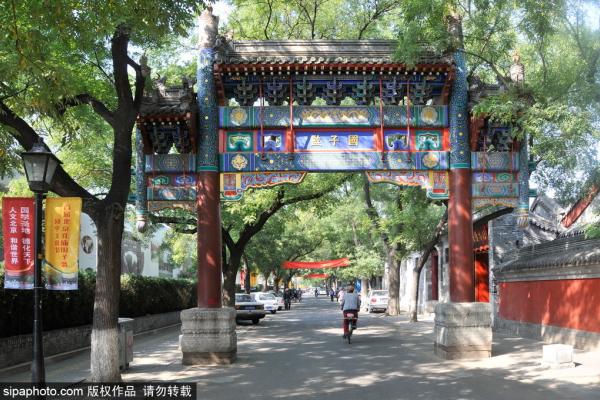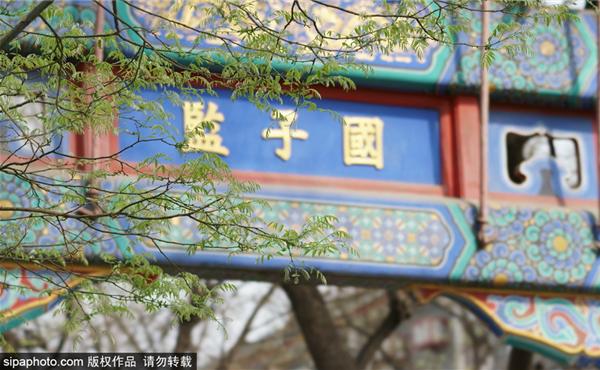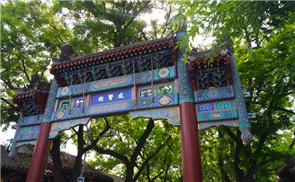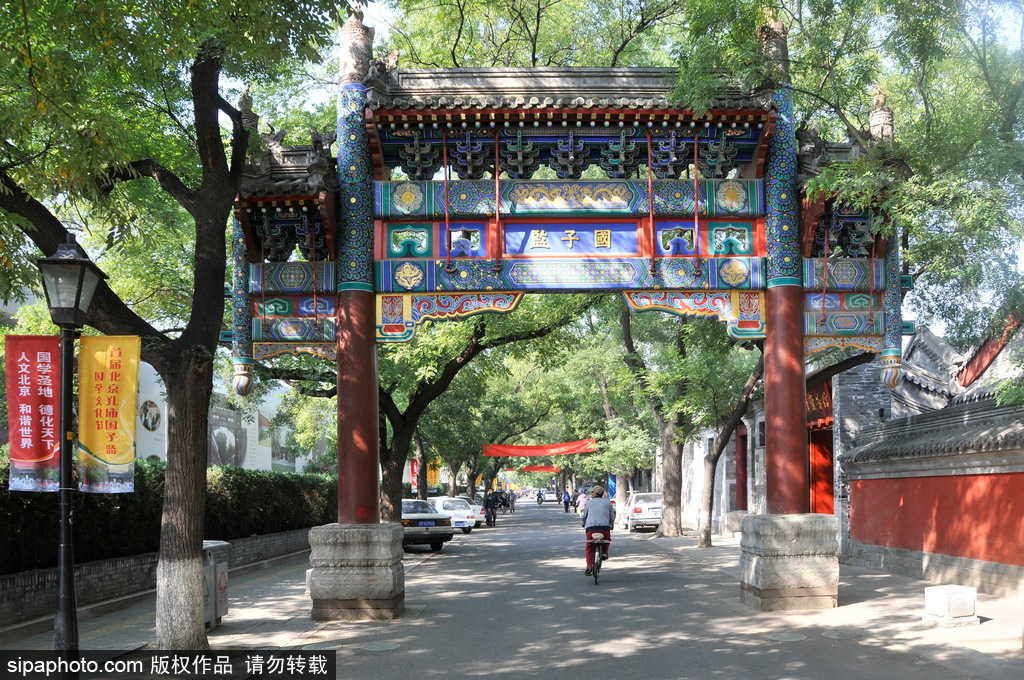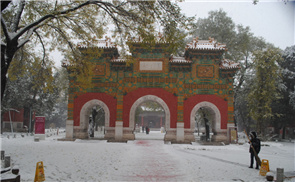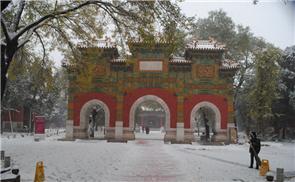Guozijian (The Imperial College) (国子监)
Guozijian, the Imperial College, was founded in Yuan Dynasty in the 13th century. With a history of over 700 years, it was the state administrative organization of education and the highest educational institution in the Yuan, Ming, and Qing Dynasty.
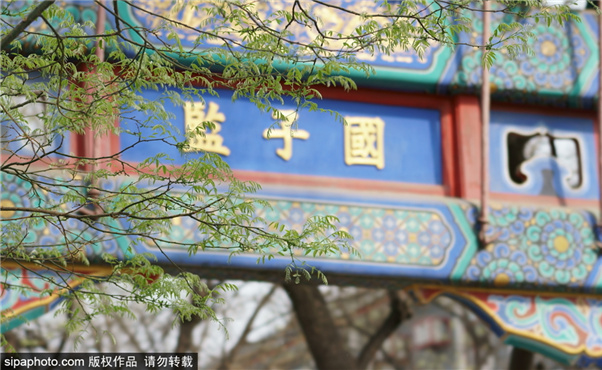
-
Tel:
010-84027224 -
Best Time to Visit:
October to April -
Duration:
3 Hours -
Admission:
30 yuan 30 yuan -
Opening Hours:
Peak Season: 8:30-18:00 (May-October)
Off-season: 8:30-17:00 (November-April)
Description
Guozijian (The Imperial College) (国子监)
Neighboring the Confucius Temple and the Lama Temple, Guozijian, the Imperial College in Beijing is located at No. 15, Imperial College Street (originally Chengxian Street), Andingmen Inner, Dongcheng District, Beijing. Surrounded by Chinese scholar trees on two sides, the Imperial College is a national key cultural relic under special protection. As the only existing ancient street with four archways in Beijing, the Imperial College Street is flanked by two glazed archways and has another two a...
Read MoreGuozijian (The Imperial College) (国子监)
Neighboring the Confucius Temple and the Lama Temple, Guozijian, the Imperial College in Beijing is located at No. 15, Imperial College Street (originally Chengxian Street), Andingmen Inner, Dongcheng District, Beijing. Surrounded by Chinese scholar trees on two sides, the Imperial College is a national key cultural relic under special protection. As the only existing ancient street with four archways in Beijing, the Imperial College Street is flanked by two glazed archways and has another two at the gate of the Imperial College.
Built in the 10th Dade year (1306) of the Yuan Dynasty, the Imperial College was then the highest organ of state administration governing education during the Yuan, Ming and Qing Dynasties and the highest educational institution established by the state. As an ancient central university, the Imperial College was always valued by the state, and had been renovated and expanded for many times. Especially, it was renovated on a large scale during Yongle and Zhengtong years of the Ming Dynasty, and was added with a Biyong Hall, thus forming the present architectural scale and pattern, and a building area of more than 27,000m2.
The Imperial College faces south, consisting of Jixian Gate, Taixue Gate, glazed archways, Biyong Hall, Yilun Hall, and Jingyi Hall along the central axis. The main building is flanked by “two halls and six rooms”, Imperial Tablet Pavilion, Bell Pavilion and Drum Pavilion, and other buildings, forming a traditional symmetrical layout. On the east of its front yard, there is Jingchi Gate that connects the Confucian Temple, constituting “Temple on the left and College on the right”. It is the one and only existing ancient state college.
The gate of the Imperial College is called Jixian Gate. On the west and east side of the gate, there are Well Pavilions. The second gate is named Taizhang Gate. Entering the gate, you will see Bell Pavilion on the left and Drum Pavilion on the right. To the north of the gate, a paved path leads to a glazed archway. The towering, magnificent archway has three gates, four columns, and seven towers. It is the only glazed archway dedicated to education in Beijing.
On the front and back of the archway, there are inscriptions “Yuan Qiao Jiao Ze” and “Xue Hai Jie Guan”, all written by the Emperor Qianlong. The archway is covered by yellow glazed tiles, showing how the imperial court valued education. Entering the archway, you will see tablet pavilions with double eaves covered by yellow glazed tiles on the left and right. To the north, there is the Biyong Hall, a main structure.
